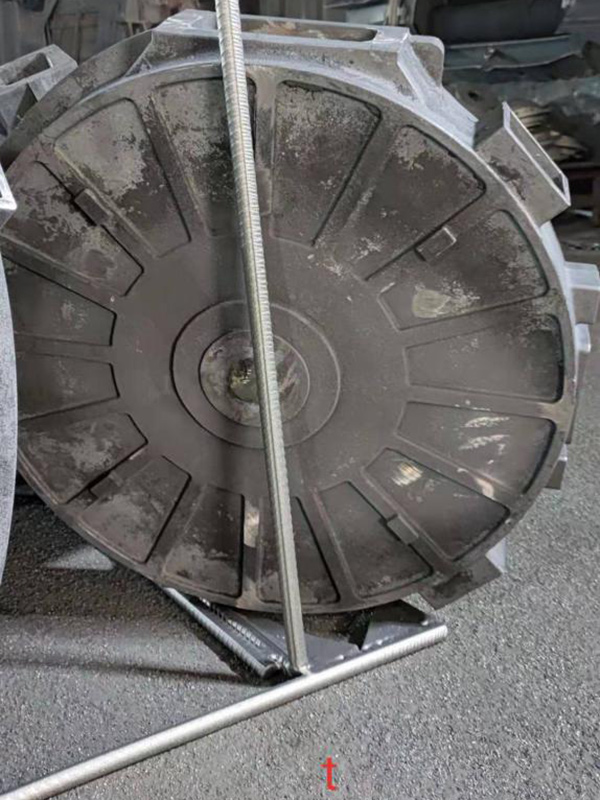Sand casting is one of the oldest and most widely used metal casting processes in manufacturing. Its architectural simplicity and adaptability make it a preferred method for producing complex shapes and intricate designs. The key to successful sand casting lies in the materials used, which play a critical role in determining the quality of the final product.
The primary material in sand casting is, of course, sand itself. The most commonly used sand is silica sand due to its high melting point and excellent thermal stability. Silica sand is composed of quartz, which allows it to withstand the high temperatures involved in the casting process without melting or deforming. To enhance its properties, silica sand is often mixed with a bonding agent, such as clay, which helps to hold the sand grains together, creating a mold that can withstand the pressure of molten metal.
Another important aspect of sand casting materials is the type of metal being cast. Various metals can be used, including aluminum, iron, and bronze. Each of these metals requires specific considerations regarding the casting process. For instance, iron has a higher melting point and requires a different type of sand mix for optimal mold strength compared to aluminum, which melts at a lower temperature.
Additives also play a vital role in the sand casting process. For example, the introduction of additives like water or organic binders can help improve the flexibility and durability of the sand mixture. Water can assist in achieving the ideal moisture content, ensuring that the mold holds its shape during the pouring of molten metal. On the other hand, organic binders, such as phenolic resin, can enhance the strength of the mold, allowing for finer details in the castings.
sand casting materials

The surface finish of the final product is another consideration when selecting sand casting materials. Fine sand can produce a smoother finish, while coarser sands can lead to a rougher texture. The choice of sand grain size and shape can significantly impact the surface quality, which is crucial for aesthetic and functional purposes.
In addition to the sand and binders, the casting process itself also requires various tools and equipment made from durable materials. Patterns are typically made from materials like wood, metal, or plastic, serving as the template for the mold. The use of precise casting patterns ensures the accuracy of dimensions and helps reduce the time and cost associated with subsequent machining processes.
In conclusion, the materials used in sand casting are integral to the overall success of the casting process. From the quality of the sand and the choice of metal to the additives that enhance mold integrity, each component contributes to the final product. Understanding the characteristics of each material allows for greater flexibility in design and manufacturing, making sand casting a continual favorite in the industry for producing a wide range of metal components, from automotive parts to intricate sculptures. As technology advances, the exploration of new materials will likely continue to expand the possibilities of what can be achieved with sand casting.
Post time:Zář . 19, 2024 06:40
Next:how to make foundry sand
